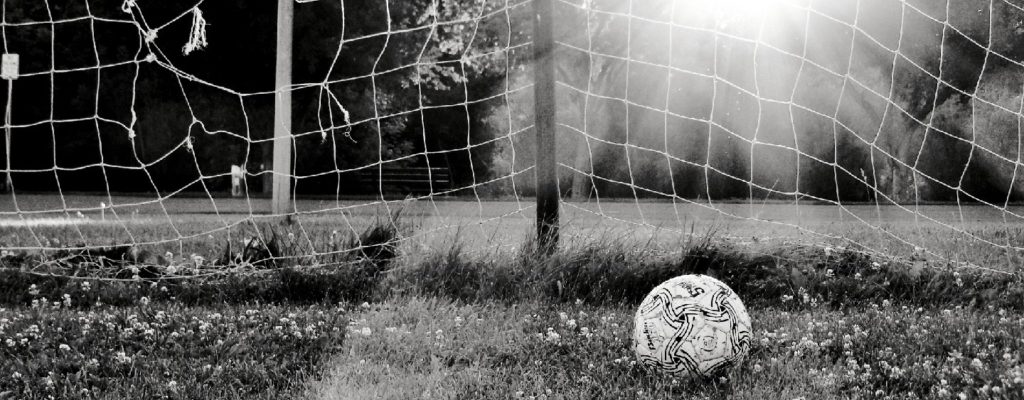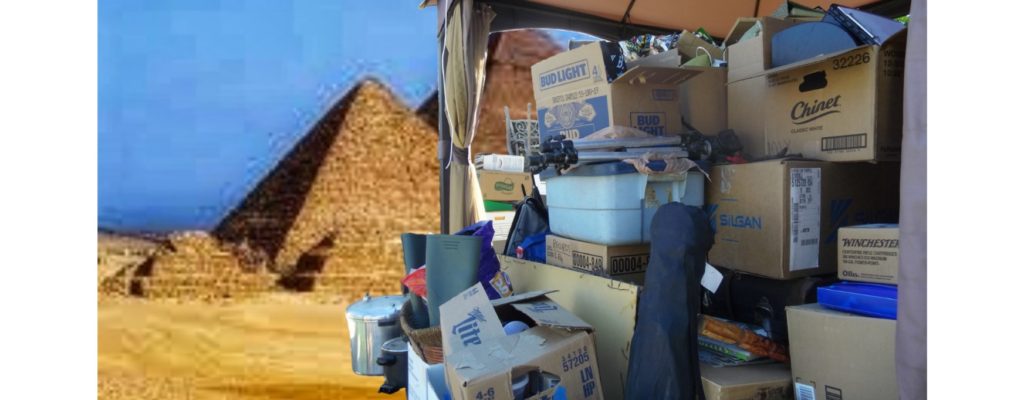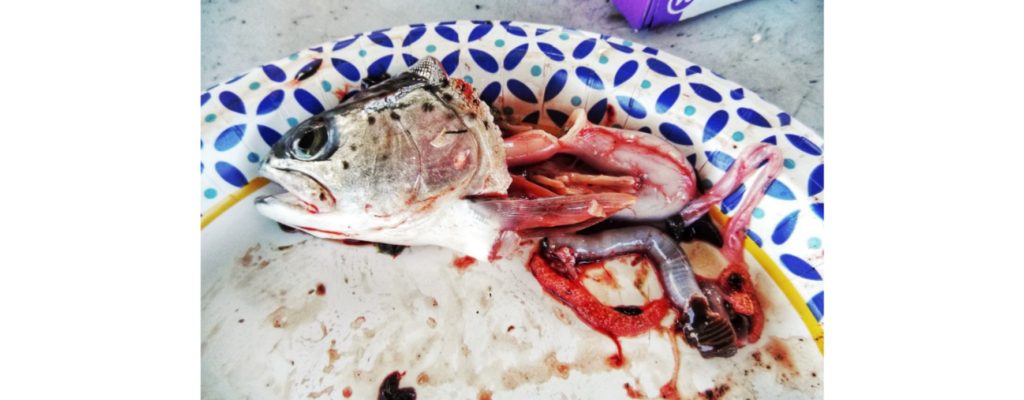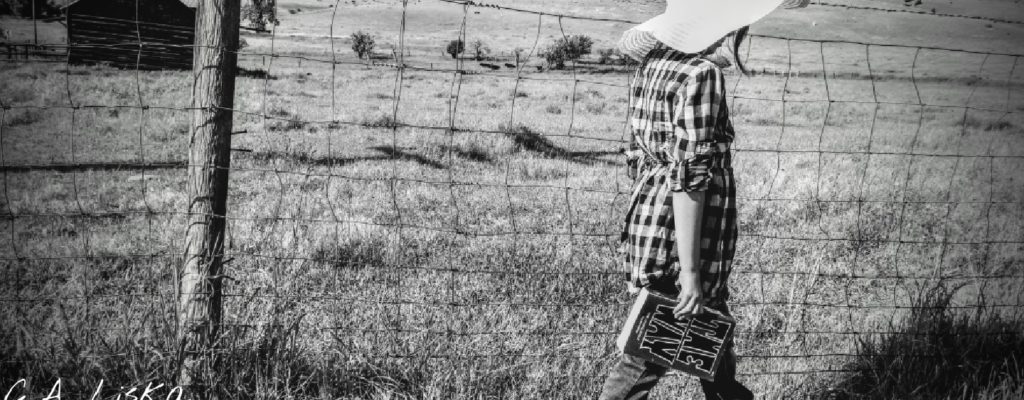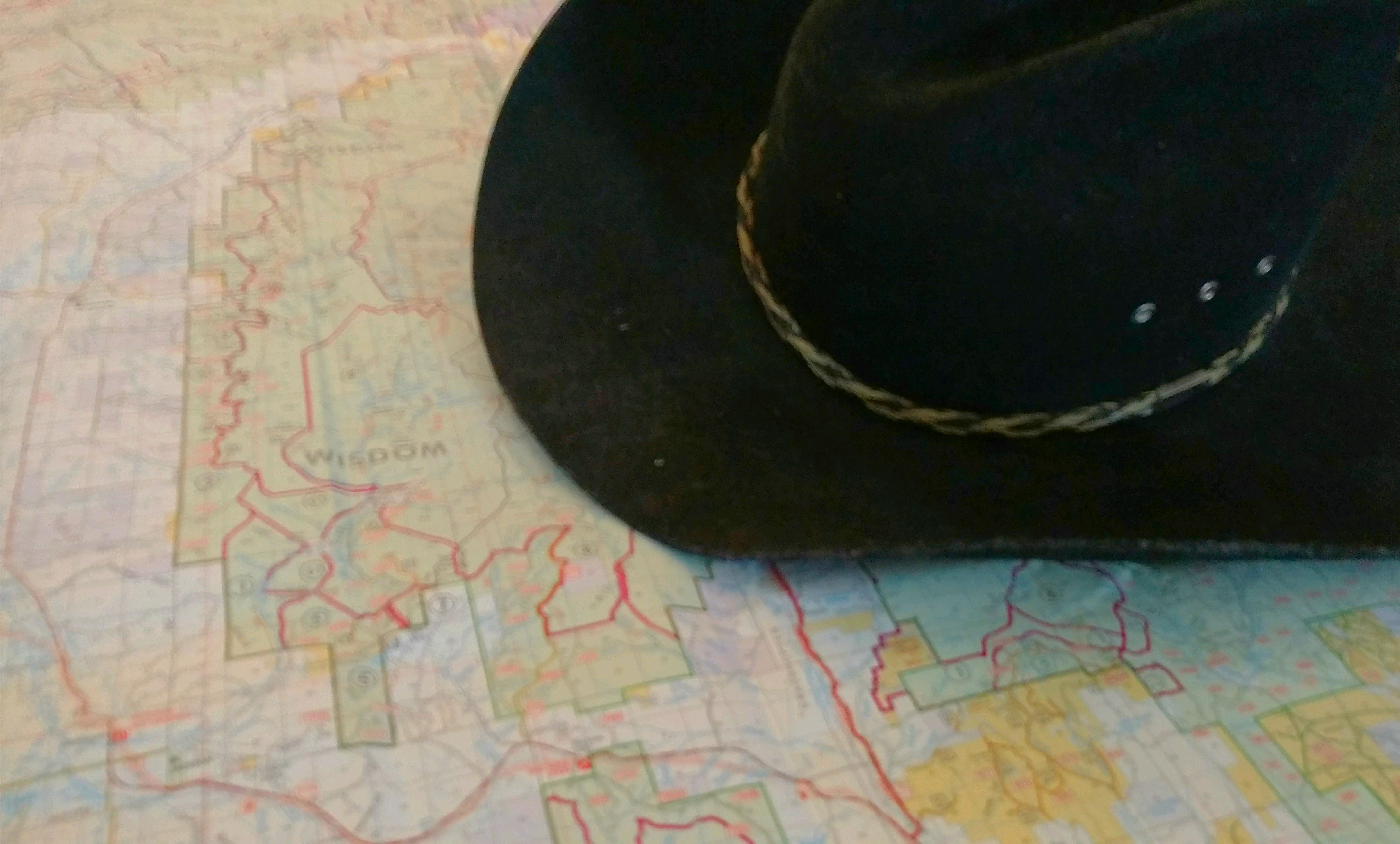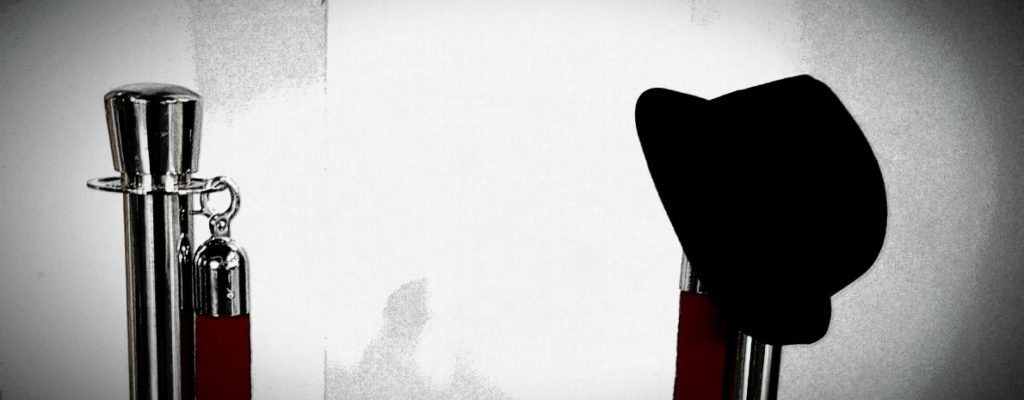To put into perspective the 22-1/2 year sentence of Derek Chauvin for the murder of George Floyd is to understand that our nation’s prisons are filled with Black men serving longer sentences for drug possession or for stealing loaves of bread to feed hungry families. This is the essay I published in the aftermath of Floyd’s death.
In its request that Donald J. Trump resign his office, the editorial board of the Portland Press Herald, Maine’s largest daily newspaper, found him to be lacking “the character, maturity and judgment to lead the country in a perilous time.”
While I find myself agreeing that the Trump presidency has been disastrous by almost any standard on virtually every level, it is indeed his reckless conduct that has ushered in this “perilous time.” His seeming disregard for even a modicum of decency, let alone the truth, has inflamed and sustained it.
Not counting the threat of nuclear war, various natural disasters and my near-miss with the Draft Board in 1970, in the almost sixty-nine years I’ve been around, any real peril I might have faced was probably of my own doing.
I’ve had an interesting career that has allowed me to see behind the curtains and up into the fly system of the mise en scène that is this country’s theater. I’ve witnessed my fair share of both human tragedy and unfettered joy, having been given wide berth as a reporter, writer, and critic spanning five decades. Curiosity has failed to kill this cat.
I’ve attended the aftermath of violent crime and watched too many people draw their last breath. I suppose I became inured to such things, but I was careful to try to not lose my sense of empathy, my humanity. Last week, along with millions of people all around the world, I witnessed the murder of George Floyd on a street corner in Minneapolis.
I cannot think of another time in my life that I felt such horror and outrage. Like most of us, I hope, I was numbed by the gross disregard for a human life, disgusted by this heinous police action, sickened by the smug look on the face of his accused murderer, Derek Chauvin, as he knelt on Floyd’s neck for 9-1/2 minutes, crushing the life out of a prone man in handcuffs. I screamed at the television screen, pleading for somebody to do something.
I wept.
And in my mind, I heard the imagined voices of those who would celebrate that moment as a victory, and take some unwarranted pleasure in the errant thinking that because George Floyd was Black, he was probably doing something wrong in a place he didn’t belong.
Such is the nature of the systemic racism that grips much of this country, ravaging its very soul and using as its tools fear, ignorance and injustice.
Ours is a nation struggling under a pandemic made worse by the willful ineptitude of a president who values property over people, who lies about a pandemic being a political hoax, and who worries more about his retention of power than the welfare of the people he vowed to protect with his hand placed on a book he’s not read. More than 110,000 Americans have lost their lives to the novel coronavirus. Forty million have lost their livelihoods and are facing financial ruin. Others have lost their businesses; still others, their homes. Our recovery may not be complete should another wave of COVID-19 occur. And yet, Trump’s rampant vanity allows for him to self-evaluate his own performance as a “10.”
This disease has placed in the spotlight the Black and brown communities that are suffering the highest per capita rates of infection and mortality. Scientists asked, “Why?”
The answer won’t be found in a test tube or on the workbench of a laboratory. Rather, it will be detailed in the analyses of data that address the economic, educational and employment issues facing people of color—people who have suffered under the tyrannical rule of racism for generations. The signing of the Emancipation Proclamation might have granted freedom to the enslaved, but it did not assure equal opportunity to the freed.
We have an administration that scorns scientific discovery and has empowered racists, encouraged their disobedience (if not their outright lawlessness), and led by example to making meaner the spirit of some part of the American people.
Trump finds fascism to exist as an attitude and practice held by some “very good people,” and through gesture and speech has made light of any sense that love and compassion for our fellow man might lead to a celebration of a higher order, to a greater understanding of our neighbors, to a better appreciation of our own lives and the myriad contributions of others toward making our society better for all of us.
We are bearing witness to what the NAACP has found to be “civil unrest that is a direct consequence of the racism, bigotry, violence, and subjugation against Black people that has festered in this country for too long.”
For nearly forty years I had the great pleasure of writing about jazz music—America’s only original art form—for two Los Angeles newspapers, Playboy, and the industry’s bible, Downbeat.
Historically, jazz is a Black art form evolved in part from the call-and-response field hollers of slaves. Its evolution from rural to urban embodied the blues—that woeful expression of hard times that nonetheless evoked an enduring sense of optimism—and the rhythms of Africa and the island nations of the Caribbean. People once feared jazz, thinking it a licentious music that encouraged discontent, crime, promiscuity, and drug abuse.
I practiced what is called “advocacy” journalism, proudly and passionately embracing and advocating the music and its players, and urging my readers to do the same. “Great music isn’t as bad as it sounds,” I would joke in my efforts to draw people to the sounds of jazz.
But I was serious from the soap box on which I stood. I abhorred those who cheapened its artistry and its legacy with attempts to make the music “popular” without regard to its integrity and its history, and I let them know it in print. My labors were gratifying, and I have yet to pass up an opportunity to preach the gospel of jazz to anyone who might listen.
During those years, I got to know countless numbers of jazz musicians—Black, brown and white, a proud and vibrant rainbow of talented men and women working together to create music. Most were more than willing to share their stories—stories told with humility and humor. Many of those stories were centered around the issue of race, with most shrugging off some experiences because “that was then.”
But up until the end of the last century and twenty years into this one, “that was then” is, in reality, “this is still.” In the days following the death of Mr. Floyd, it is quite obvious that we’ve not as a nation done much to stem the tide of racism.
Benny Carter was one of the most innovative men in all of jazz. Few know his name. He was an alto saxophonist and composer who wrote big band arrangements beginning in the ‘30s, and led his own bands and combos in concerts around the world. He wrote movie and television scores for which he received no screen credit because of the color of his skin.
I first met Benny in 1969 and we maintained our friendship until his death in 2003, at the age of ninety-five. He was a proud, dignified man who exuded eloquence in both his demeanor and his music. He did not suffer fools gladly. He, like so many of his generation, endured the indignities of being made to enter through the back doors of establishments to perform for all-white audiences. And at the end of the night make their ways to hotels where Blacks were allowed.
Once, while playing a solo with his big band at a Hollywood nightclub, a woman in the front row beckoned to him and asked if the piano player was Black. Benny said that he didn’t know because it had never occurred to him to be so rude as to ask.
As a nation we have an opportunity to change the course of history. No, we have an obligation to change the course of history. As Americans we have to ask ourselves what kind of people we want to be, what kind of society we want to be part of. And we have to ask what kind of future we want to create for our children and our grandchildren and their children. It’s not enough to hope for a better future. Aspirations carry no quarter without the hard work, heart and determination needed to see them come to fruition.
We can no longer afford for our dreams to be deferred.
In 1984, New York Governor Mario Cuomo addressed the Democratic National Convention in San Francisco. It was a stirring speech that I found to capture the spirit and hopes that all Americans might one day share.
“We believe in civil rights, and we believe in human rights,” the Governor said.
“We believe in a single fundamental idea that describes…what a proper government should be: the idea of family, mutuality, the sharing of benefits and burdens for the good of all, feeling one another’s pain, sharing one another’s blessings—reasonably, honestly, fairly, without respect to race, or sex, or geography, or political affiliation.
“We believe we must be the family of America, recognizing that at the heart of the matter we are bound one to another, that the problems of a retired school teacher in Duluth are our problems; that the future of the child in Buffalo is our future; that the struggle of a disabled man in Boston to survive and live decently is our struggle; that the hunger of a woman in Little Rock is our hunger; that the failure anywhere to provide what reasonably we might, to avoid pain, is our failure.”
If one of us can’t breathe, then none of us can.
Signage by Courtney A. Liska

